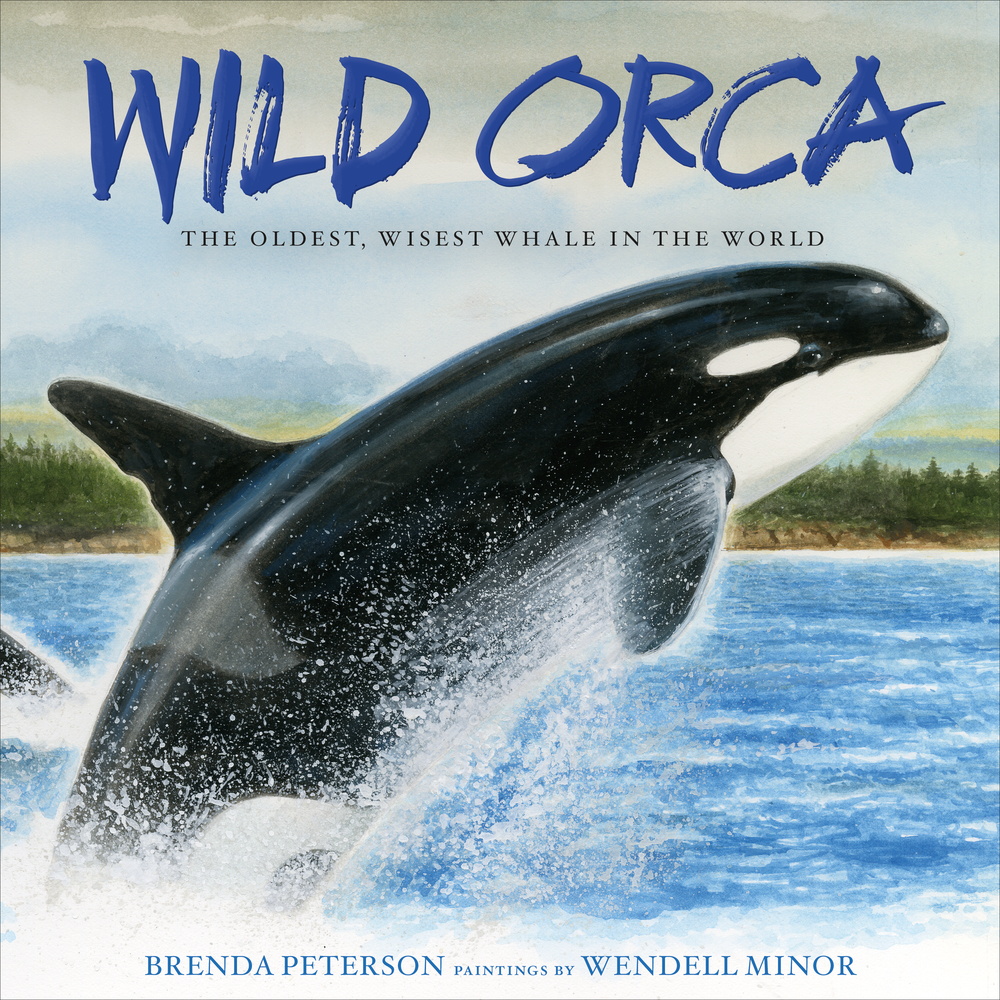Samuel Morse, That’s Who! The Story of the Telegraph and Morse Code by Tracy Nelson Maurer, illustrated by el primo Ramón

For
a picture book biography, this is a little dense with paragraphs of
text on each page. But, for older children, especially those who have an
interest in communications in general and the Morse Code in particular,
this is great! Ramón’s
whimsical depiction of Morse as a man with a smirk on his face matches
the playful story that Maurer tells about Morse, his many inventions,
frequent failures and ultimate success story. And little-known fact:
being a telegraph operator was one of the few jobs open to women in the
middle of the nineteenth century.
Secret Engineer: How Emily Roebling Built the Brooklyn Bridge by Rachel Dougherty

Emily
was born in 1813 and after studying science and math in high school
(highly unusual!), she married an engineer. Washington Roebling worked
for his father’s company and was assigned as chief engineer for the
building of the Brooklyn Bridge. When Washington became ill, Emily took
over the engineering job, carrying messages from Washington to the crew
and eventually learning the engineering points so she could be more
confident in giving instructions. The Brooklyn Bridge was a new type of
bridge construction and once the bridge opened, there were many who did
not trust it to hold them up. Using her brains and her outgoing
personality, Emily convinced the people of Manhattan and Brooklyn that
the bridge was safe. It is still standing today!
Wild Horse Annie: Friend of the Mustangs by Tracey Fern, Pictures by Steven Salerno

Born
in 1912, Velma Johnston, aka Wild Horse Annie, lived on a ranch and
loved the wild mustangs that wandered on the vast territory of land out
west. As she grew older, more people moved onto the land and soon the
ranchers did not want the wild horses to enter their land. Annie worked
tirelessly to pass laws to protect the dwindling numbers of mustangs
still roaming our national lands. She was influential in getting a law
passed to protect the mustangs. Fern has filled this book with facts
about mustangs, Annie and life on a ranch in the twentieth century.
Salerno matches the words with his colorful paintings of Annie and her
mustangs.
Go for the Moon: A Rocket, A Boy and the First Moon Landing by Chris Gall

Chris
Gall began building rockets during the time of the Apollo program at
NASA and closely followed the moon landing as well as the other space
exploration programs. In this book, he gives us two stories: the story
of his own rocket building and interest in the space program juxtaposed
with details about the first moon landing and exploration. Many
scientific details are given with extreme specificity. Drawings are
accurate and support the text in both detail and design. A great book
for any young person who is interested in space, rockets or just the
unknown.
Moon: Earth’s Best Friend by Stacy McAnulty, illustrated by Stevie Lewis

Sun: One in a Billion by Stacy McAnulty, illustrated by Stevie Lewis

Telling
the story in first person from the perspective of the moon or the sun, McAnulty
and Lewis use words and pictures to give the highlights of the moon and sun, howthey formed, what they do for earth and how humans have visited the moon (not the sun!). The moon is given a female gender and the sun is male. McAnulty
finishes with endnotes in each book that give more details for those who want to know
more about the moon and the sun. Lewis’ drawings are whimsical and perfect for the
lighthearted text.
Wild Orca: The Oldest, Wisest Whale in the World by Brenda Peterson, Paintings by Wendell Minor

Mia
and her family are listening for whales off the coast of Washington
State. In telling Mia’s story, Peterson conveys many facts about the
Orcas who travel up and down the Pacific Coast. End notes tell more
about whales and how readers can sponsor whales. Illustrations are
beautiful paintings of the sea and the orcas swimming, soft pastels
contrasting with the dark orcas. The most fascinating fact to me: each
whale has a specific sound that serves as the whale’s name. Other whales
will call that sound when interacting with that whale. How cool is
that?